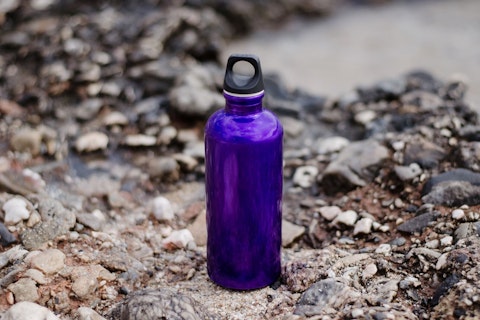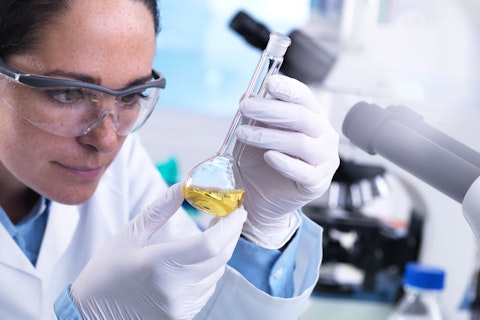The complete library of technical bulletins is available here. You can search for specific topics or filter by market segment or region.
Subscribers receive weekly email alerts on new SafeGuardS. They also receive our Product Recalls publication, compiling consumer product recalls notified in the EU, UK, US, Canada and Australia.
Publication Date
Publication Topic
Publication Region
849 results found

UK PSTI Enforcement Date Approaches
UK Product Security and Telecommunications Infrastructure (PSTI) regulations will be fully enforced and mandatory for IoT manufacturers selling on UK markets from April 29, 2024.
Read more
US CPSC Issues Notice of Proposed Rulemaking for Bassinets and Cradles
US Consumer Product Safety Commission (CPSC) has published a notice of proposed rulemaking to revise the existing consumer product safety rule for bassinets and cradles.
Read more
Brazil Revises Technical Regulation for Food Contact Metals and Alloys
Brazil has transposed Mercosur/GMC/RES. No. 48/2023 on food contact metals and alloys into its national law. The provisions in the revised technical regulation will become effective on October 29, 2024.
Read more
Switzerland Bans PFHxS and PFHxS-Related Compounds
Switzerland has banned the manufacture and use of PFHxS, its salts and PFHxS-related compounds. This ban became effective in November 2023.
Read more
EU Consults over Quality Control Rules for Food Contact Plastics
The EU has initiated a consultation over its proposed revision to the food contact plastic and GMP regulations. Comments are being accepted until April 15, 2024.
Read more
Brazil Consults Over Two Proposals for Food Contact Materials
Brazil has initiated two consultations to revise the positive lists for certain food contact materials and articles.
Read more
Washington, USA, Becomes First State to Ban Lead in Cookware
The US state of Washington has enacted legislation to regulate lead in cookware. The restrictions will become effective on January 1, 2026.
Read more
Japan Issues Guidelines on Import Bans for Products Containing Class I Specified Chemicals
Japan has published a guideline in English to assist stakeholders with, inter alia, the import ban on specific products containing class I specified chemical substances.
Read more
California Proposes Ban on Bisphenols and PFAS in Certain Children’s Products
California has issued a proposal to regulate bisphenols and per- and polyfluoroalkyl substances (PFAS) in two categories of children’s products. The proposed restrictions would become effective on January 1, 2025.
Read more
California Introduces Bill to Encourage the Adoption of E-Bikes
California has introduced Senate Bill No. 712 (SB-712) to force landlords to accept electric bicycles (e-bikes) and enable the integration of these personal micromobility devices into the fabric of city living.
Read more